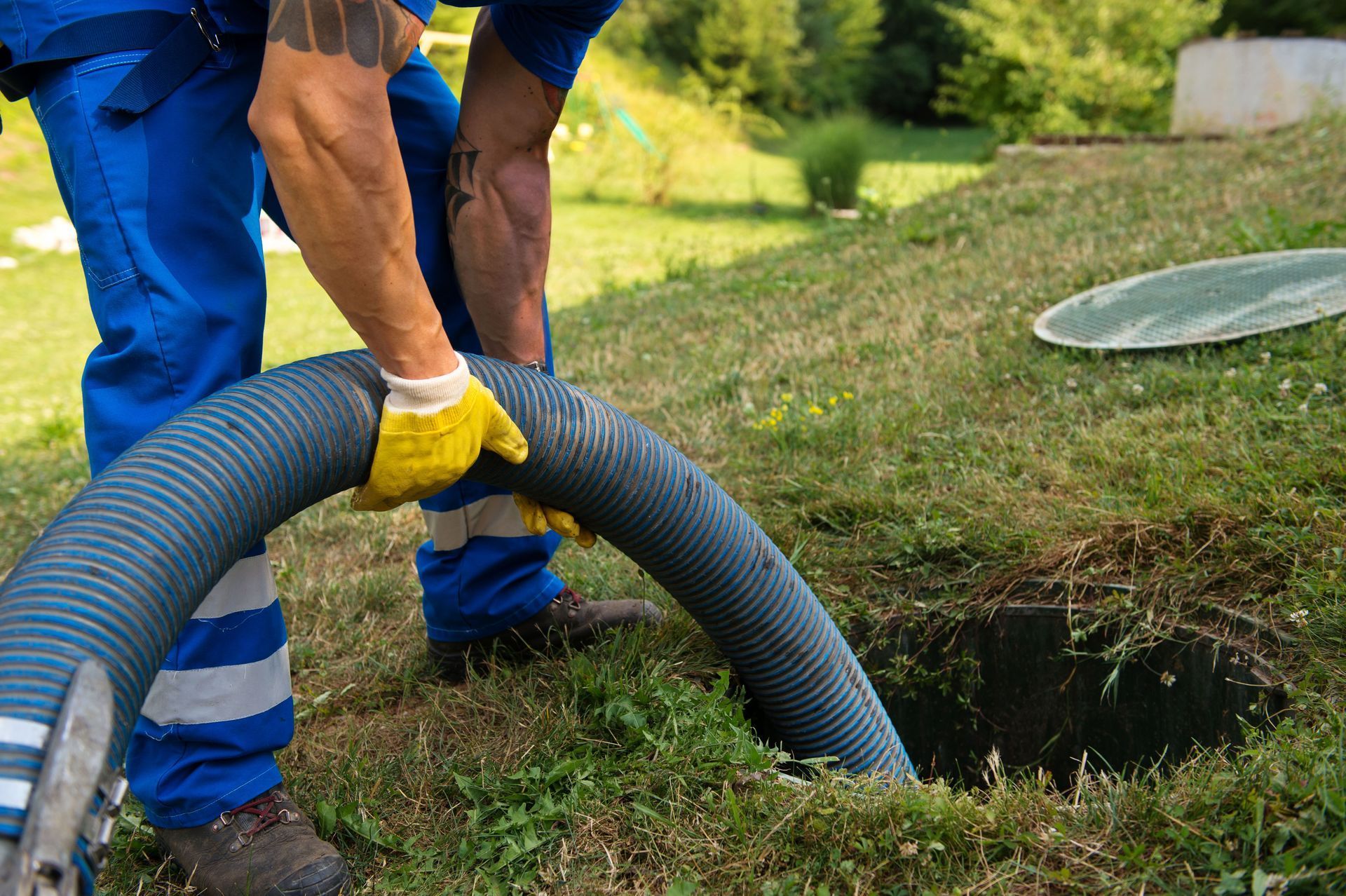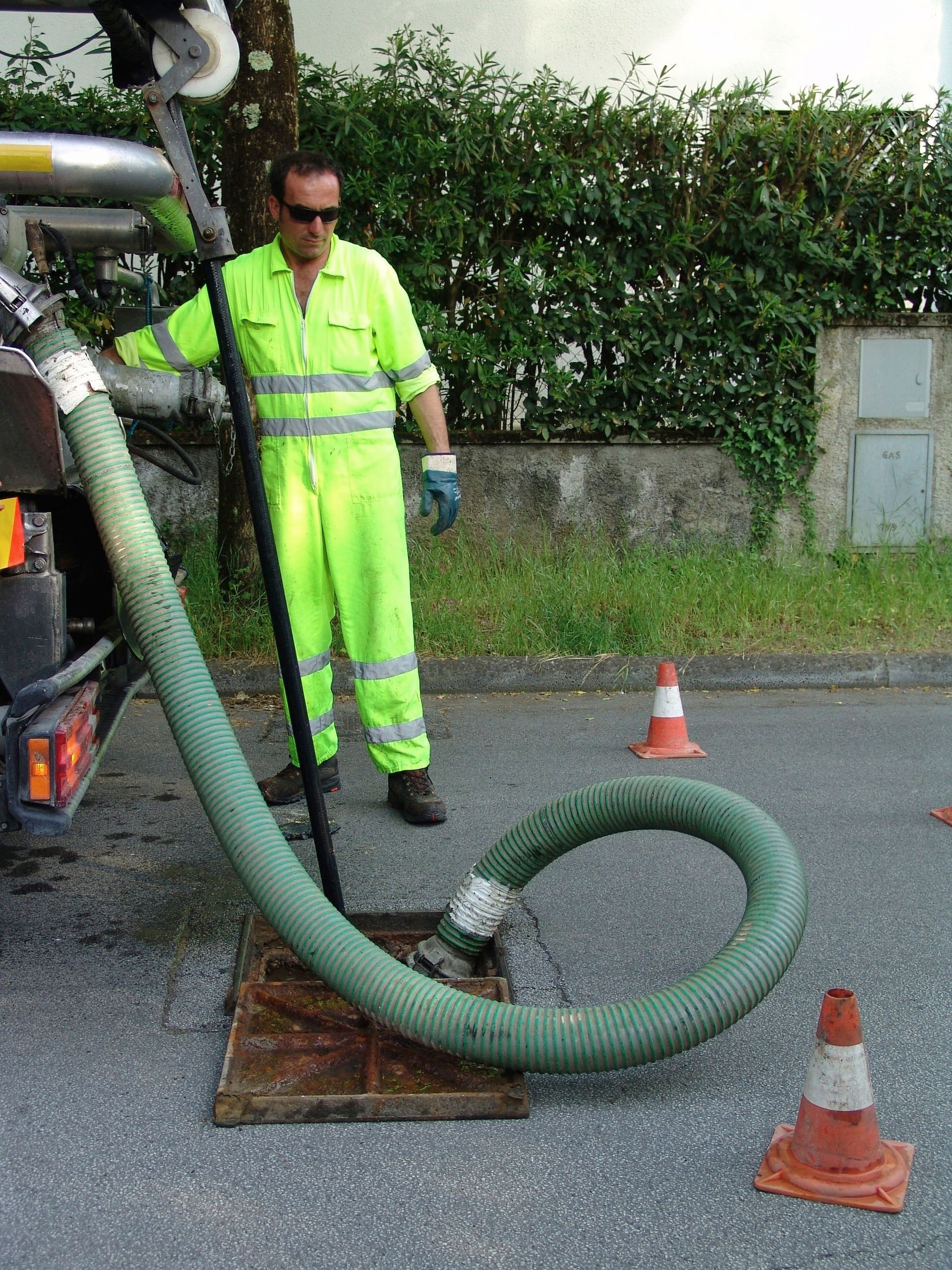September 29, 2025
Do you own a home or business? Septic systems are essential for homes and businesses that are not connected to municipal sewer lines, yet they are often overlooked until problems arise. Regular septic tank cleaning is one of the most important steps in keeping your system reliable, efficient, and long-lasting. When performed correctly and on schedule, cleaning prevents costly backups, unpleasant odors, and potential environmental hazards. By following proven strategies and professional insights, property owners can ensure their septic tanks run smoothly for years. The following secrets reveal how to make septic tank cleaning not only more efficient but also more effective in protecting your property and investment.
1. Recognize the Warning Signs
Efficient septic tank cleaning begins with recognizing the warning signs that your septic system is in distress. When drains slow down, toilets gurgle when you flush, foul odors drift near drain fields, or water backs up into fixtures, these symptoms signal that the tank is reaching its capacity. According to This Old House, septic tanks usually have the capacity to hold over 1,000 gallons of waste. Waiting until a problem is obvious often means paying more for emergency septic tank cleaning or repair than if routine cleaning and maintenance had been performed earlier.
2. Schedule Regular Pumping Intervals
Maintaining a schedule for pumping is one of the most reliable secrets to efficient septic tank cleaning. The frequency depends on tank size, household usage, water usage, and waste load—including whether you have garbage disposals, frequent guests, or heavy water usage like laundry. Even with a large-capacity tank, solids accumulate over time, and sludge or scum can reduce the effective volume. By scheduling pumping before sludge builds up dangerously high, you reduce risk of clogs or damage to pipes or field lines. Regular pumping makes septic tank cleaning smoother, safer, and more cost-effective over time.
3. Inspect Components Consistently
Another secret to efficient septic tank cleaning is consistent inspection of tank components. The inlet and outlet lines, baffles, tees, access lids, risers, and drain field should all be checked for damage, wear, or blockages. If the inlet tee is broken or outlet tee is displaced, solids may flow where they shouldn't, shortening the time until you need septic tank cleaning again. Inspecting for cracks or corrosion in the tank can help avoid leaks of untreated waste into the soil. Routine inspections also uncover early leaks, hydraulic overload, or improper drainage that can compromise the whole septic system.
4. Conserve Water Habits
Practicing water conservation is a key secret that enhances every septic tank cleaning effort. Efficient water use reduces the load on your septic system, minimizing how much liquid enters the tank and slowing how quickly solids settle and scum accumulates. Fix leaking faucets, use high-efficiency toilets and showerheads, spread out laundry loads, and avoid running many water-using appliances at once. Less water means fewer disturbances in the tank, allowing solids to settle properly and reducing how often septic tank cleaning is necessary. Good water habits extend the life of the system and help maintain optimal performance between professional cleanings.
5. Avoid Hazardous & Non-Biodegradable Materials
A vital secret to efficient septic tank cleaning is avoiding flushing or discharging hazardous, non-biodegradable, or slow-to-decompose materials into the system. Wipes (even those labeled "flushable"), plastics, paper towels, oils, grease, harsh chemicals, and pharmaceuticals can interfere with the bacterial balance in the tank or clog pipes and field components. When these foreign materials are present, professional septic tank cleaning becomes more difficult, more expensive, and may not fully restore function until blockages are removed. Maintaining only wastewater and human waste in the tank helps bacterial action break down solids and preserve system efficiency.
6. Use Proper Equipment & Techniques
Efficient septic tank cleaning depends heavily on using proper equipment and techniques. Professionals should have powerful vacuum trucks, quality hoses, and tools that allow full access to the tank without damaging the structure or surrounding area. When cleaning, the technique should include removing sludge and scum properly, flushing inlet and outlet pipes if needed, and checking that the tank is properly sealed and vented. Technicians should also follow environmental safety protocols to prevent spills or contamination. With the right equipment and a skilled team, septic tank cleaning is more thorough, less disruptive, and longer-lasting in its results.
7. Plan for the Seasonal Variations
Another secret to efficient septic tank cleaning is planning for seasonal variations. Wet seasons can saturate soil around a septic field, reducing its ability to absorb and filter wastewater. Freeze–thaw cycles in cold climates can affect pipe integrity or surface vents. Dry periods may cause shrinkage or cracking in soil. By anticipating these seasonal challenges, homeowners can schedule septic tank cleaning and inspections at optimal times—before wet ground creates runoff or after freezing weather subsides. Proper timing helps avoid system stress, damage, or failure.
8. Train for Proper Maintenance Practices
Training yourself or your staff on proper maintenance practices is a powerful secret. Knowing how to inspect your system, what signs to watch for, how to minimize strain on it, and what to avoid putting down drains makes a big difference. For example, knowing when to reduce water use or redirect water flow, understanding how detergents and cleaning agents affect bacterial health, or even recognizing early odors can prevent the need for more frequent septic tank cleaning. Educated property owners stay ahead of problems, reducing repair costs and maintaining efficiency.
9. Document Service History Exactly
One often overlooked secret to efficient septic tank cleaning is maintaining exact documentation of your system's service history. Record when the tank was pumped, cleaned, when any repairs occurred, what changes you made in household use, and when inspections happened. A precise history helps professionals predict when the next septic tank cleaning should happen. When technicians know how long it's been since sludge removal, or how often alternative materials or practices have been used, they can better advise you. Documentation leads to proactive care rather than reactive fixes.
10. Engage Professional Experts
Finally, a secret to efficient septic tank cleaning that pays off is engaging professional experts. A trained, licensed septic service company brings decades of experience, specialized equipment, and knowledge of local soil, climate, and regulations. Professionals can offer full cleanings, accurate inspections, informed advice on maintenance schedules, and safety protocols you might not know about. They also can save you from costly mistakes like damaging the tank lid, misaligning pipes, or disrupting drain fields. With experts, septic tank cleaning is safer, more effective, and yields more reliable performance over the long haul.
When you apply all these secrets together—recognizing warning signs, scheduling regular pumping, inspecting components, conserving water, avoiding harmful materials, using correct equipment, planning for seasons, training for maintenance, documenting service history, and hiring professionals—you unlock highly efficient septic tank cleaning . These practices not only extend your system's lifespan but also save money, protect your property, and safeguard your health and the environment. For homeowners in Van Alstyne, TX and surrounding areas looking for reliable, expert septic tank cleaning, D & D Septic Tank Service delivers proven, thorough work with transparency, skill, and local dedication. Call our team today to get started on septic services. Our team cannot wait to assist you with all of your septic needs.



